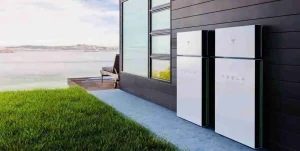How to Maintain Home Gardens

If you’re a beginner at gardening, you might not be sure how to maintain home gardens. While the process of planting a garden can be fun, there are a few things you should know about keeping your plants healthy. You may want to read up on specific plants and their needs to ensure your garden stays disease-free. Plants that don’t receive enough water will be weak and die, and can easily infect other plants. If this happens, your entire garden could be destroyed.
One of the most important steps to take when gardening is to read up on the specific needs of different plants. Some plants need a lot of sunlight while others prefer less. In any case, it is essential to give each plant proper water and nutrition to survive. If you have a lot of time, you may want to hire a gardener to help you with this chore. Gardening should not be stressful if you can spend only a few minutes each day caring for your garden. It can even be a great family activity.
Another important step in maintaining a home garden is to monitor the amount of sunlight in the garden each day. By determining how much sunlight your plants receive, you can choose the proper plants to plant. For example, vegetables need at least eight hours of sunlight every day to thrive. When you know how much sunlight you have during the day, you can choose the best types of plants for your garden. You can also make use of a garden maintenance checklist that includes specific recommendations for each season.
Observing your plants regularly will allow you to spot any suspicious behavior and swoop in before the damage is done. Spending just a few minutes every day strolling through the garden will save you a lot of time in the long run. After all, it’s easier to zap an aphid than to repair a plant. A little knowledge goes a long way in maintaining a home garden.
Once you’ve chosen your location, the next step is to choose which plants will flourish. Native plants are the most suitable for a small garden, because they have been adapted to your area. Native plants will also require a good drainage system and work well with the soil texture of your area. This way, you can save money on planting new plants and have a garden that will be well-known for its quality. And while you’re doing it, you’ll also have the satisfaction of knowing that you’ve planted something that grows in your locality.
Before you begin planting, test the soil in your garden with a soil testing kit. These kits are available at most gardening stores and will tell you if your soil is fertile enough for plants and has the correct pH level. For example, most plants require a neutral pH level of around seven. If your soil is too acidic or too alkaline, a lime-based or sulfur-based conditioner will neutralize the acidity.


